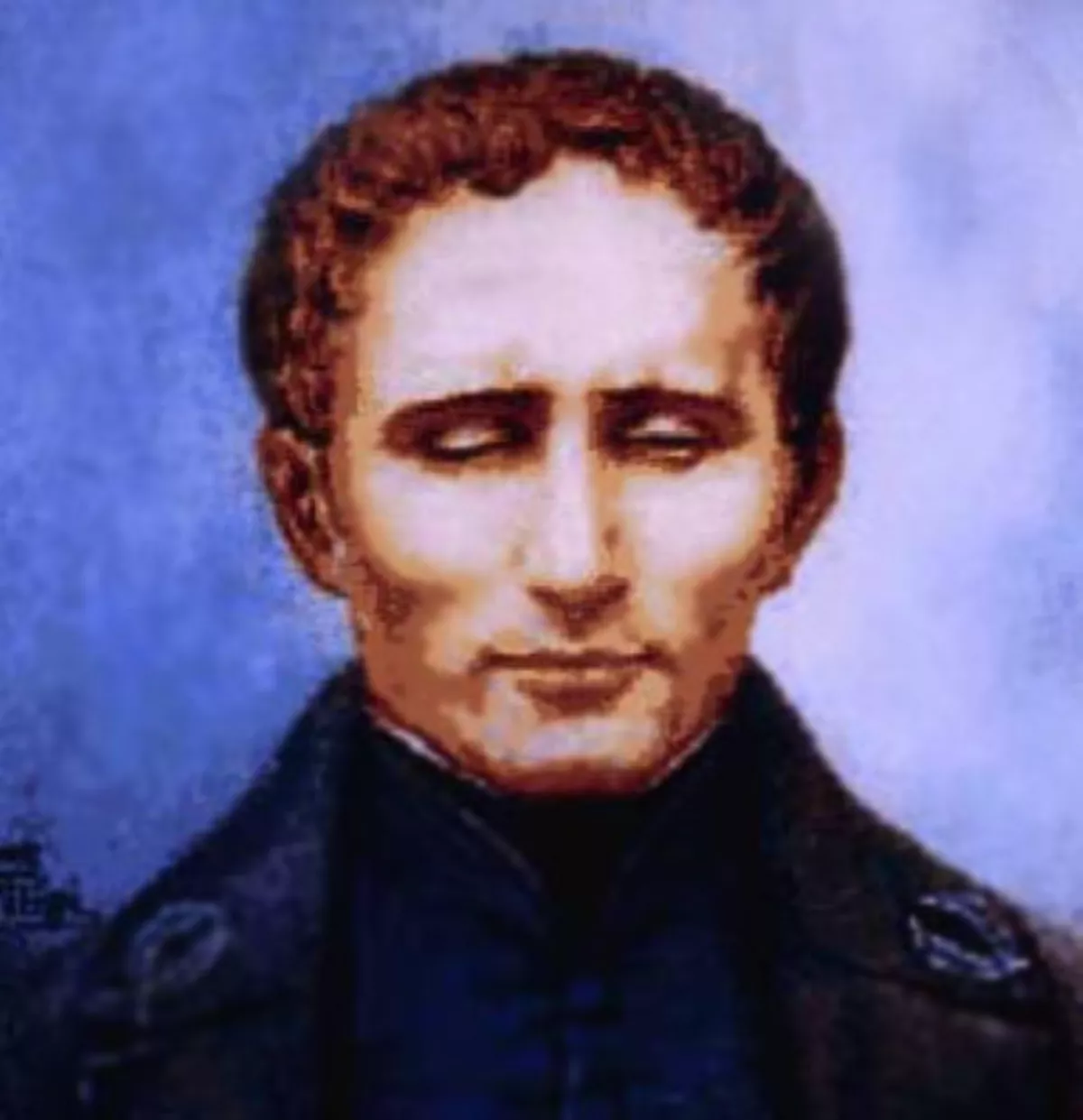 1.
1. Louis Braille's system is used worldwide and remains virtually unchanged to this day.

 1.
1. Louis Braille's system is used worldwide and remains virtually unchanged to this day.
Louis Braille was blinded in one eye at the age of three.
Louis Braille presented his work to his peers for the first time in 1824, when he was fifteen years old.
Louis Braille was born in Coupvray, a small town about twenty miles east of Paris, on 4 January 1809.
Louis Braille eventually lost sight in the other eye, likely due to sympathetic ophthalmia.
Louis Braille survived the torment of the infection, but by the age of five he was completely blind in both eyes.
Louis Braille learned to navigate the village and country paths with canes his father hewed for him, and he grew up seemingly at peace with his disability.
The last of his family's children to leave the household, Louis Braille departed for the school in February 1819.
Louis Braille designed and manufactured a small library of books for the children by embossing heavy paper with the raised imprints of Latin letters.
Louis Braille was helped by Hauy's books, but he despaired over their lack of depth: the amount of information retained in such books was necessarily minor.
Louis Braille read Hauy's books repeatedly, and he was equally attentive to the oral instruction offered by the school.
Louis Braille proved to be a highly proficient student and, after he had exhausted the school's curriculum, he was immediately asked to remain a teacher's aide.
For much of the rest of his life, Louis Braille stayed at the Institute where he taught history, geometry, and algebra.
In 1821, Louis Braille learned of a communication system devised by Charles Barbier.
Barbier's code of raised dots inspired Louis Braille to develop a system of his own.
Louis Braille was determined to invent a system of reading and writing that could bridge the gap in communication between the sighted and the blind.
Louis Braille reworked Barbier's system by simplifying its form and maximizing its efficiency.
Louis Braille made uniform columns for each letter, and reduced the maximum of twelve raised dots to six.
Louis Braille published this version in 1829, but by the second edition in 1837 discarded the dashes because they were too difficult to read.
Louis Braille created his own raised-dot system using Barbier's slate and stylus tools.
Passionate about his own music, Louis Braille took meticulous care in its planning to ensure that the musical code would be "flexible enough to meet the unique requirements of any instrument".
Louis Braille produced several written works about braille and as general education for the blind.
Many of Louis Braille's original printed works remain available at the Louis Braille birthplace museum in Coupvray.
Louis Braille had always been a sickly child, and his condition worsened in adulthood.
The immense personal legacy of Louis Braille was described in a 1952 essay by T S Eliot:.
Louis Braille's memory has in this way a security greater than that of the memories of many men more famous in their day.
Statues and other memorials to Louis Braille can be found around the world.
Louis Braille has been commemorated in postage stamps worldwide, and the asteroid 9969 Braille was named for him in 1992.
World Louis Braille Day is celebrated every year on Louis Braille's birthday, 4 January, since 2019.
The Braille Legacy, a musical which tells the story of Louis Braille, directed by Thom Southerland and starring Jerome Pradon, debuted at the Charing Cross Theatre in April 2017.